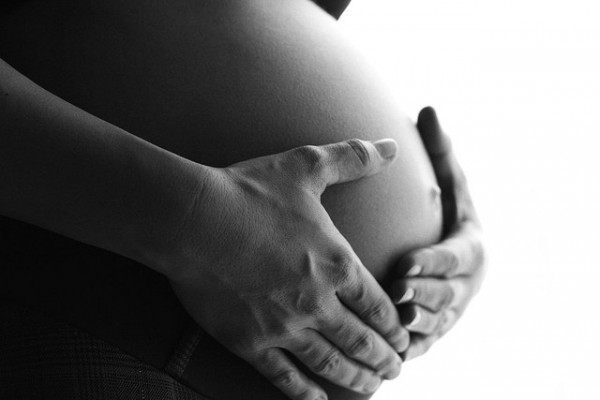
Preterm births are at their lowest rates in seventeen years, accounting for 11.4 percent of all births nationally in 2013, according to a new report from the March of Dimes. The U.S. Department of Health and Human Services did not expect to see such low rates until 2020.
The national drop, however, fell short of the goal set by the March of Dimes. The organization, a key advocacy group for babies’ health, wanted to see the percentage of preterm births drop to 9.6 percent. The group gave the U.S. as a whole a letter grade of “C” for their number of preterm births.
California did much better than the nation as a whole and surpassed both the Department of Health and Human Services goal for 2020 and the March of Dimes goal. This year, 8.8 percent of babies were born preterm in California, garnering an “A” from the March of Dimes. This was the sixth consecutive year the rate has dropped in the state and marks a 24-year-low for California.
“Achieving the [11.6 percent] goal is reason for celebration, but the U.S. still has one of the highest rates of preterm birth of any high resource country and we must change that,” said March of Dimes President Jennifer L. Howse, M.D. “We are investing in a network of five prematurity research centers to find solutions to this still too-common, costly, and serious problem.”
More than 450,000 babies were born prematurely in 2013, compared to a high of 542,893 in 2006. Since 2006, 231,000 fewer babies have been born preterm, largely because of efforts by states. Those efforts saved the U.S. government a total of $11.9 billion in health care and other costs.
According to the March of Dimes, preterm birth is the leading cause of newborn death. Babies born prematurely often face health a lifetime of health problems including respiratory issues, vision problems, developmental delays and cerebral palsy. Babies born just a few weeks early face higher rates of death and disability.





